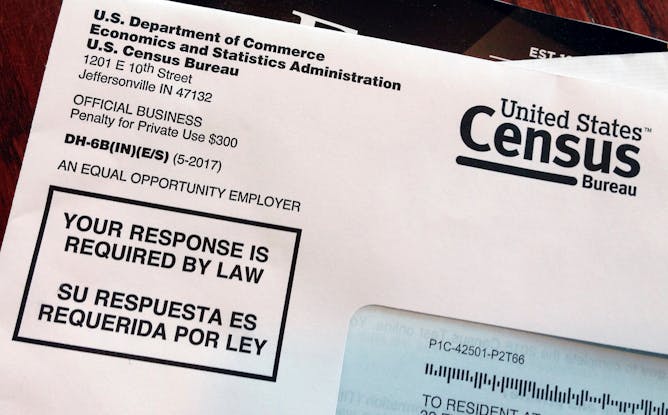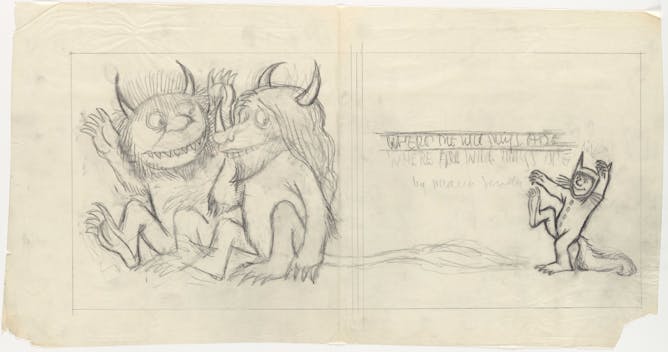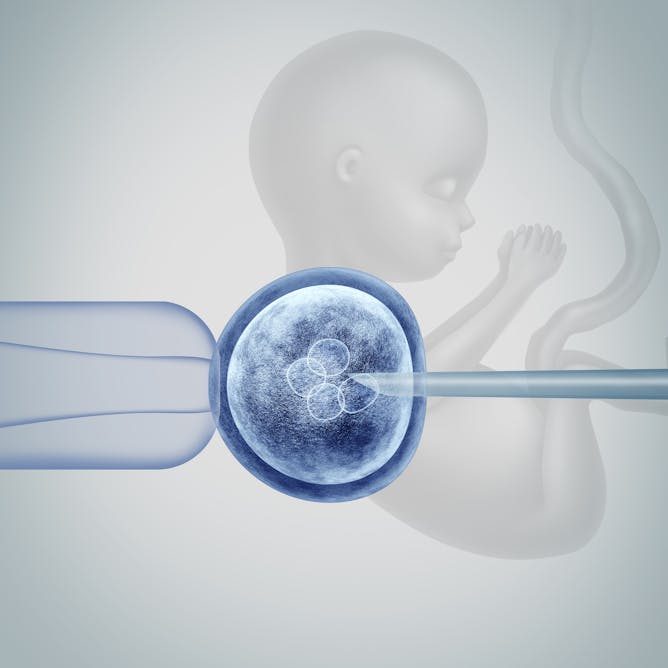Editor's note
|
|
“Is this person a citizen of the United States?” That proposed question has thrown the 2020 census into a fierce legal battle. Some experts worry that if census-takers ask about citizenship, immigrants will avoid participating in the census. A new study from Texas A&M University measures just how much that question might cost states, in terms of both seats in Congress and federal funding.
University of Connecticut children’s literature and illustration professors Katharine Capshaw and Cora Lynn Deibler are thrilled to witness the arrival of The Maurice Sendak Collection to campus. The original sketches, artwork and final drafts in the collection act as a window into Maurice Sendak’s creative process, while dummies like the earliest version of “Where the Wild Things Are” – titled “Where the
Wild Horses Are” – show how Sendak developed his ideas over time.
Scientists worldwide are calling for a moratorium on gene editing in human germline cells. But what is a germline cell? How does it differ from other cells in our body? Why does it matter if we edit them? Eleanor Feingold, professor of human genetics at the University of Pittsburgh, explains how these two cell types differ and the consequences of editing the germline.
|
Aviva Rutkin
Big Data + Applied Mathematics Editor
|

|
|
Top stories
|

An envelope containing a 2018 census letter mailed to a U.S. resident as part of the nation’s only test run of the 2020 census.
AP Photo/Michelle R. Smith
Dudley Poston, Texas A&M University
If undocumented immigrants choose not to fill out the questionnaire, then the official population of several states would deflate, costing them House seats and federal funding.
|

Preliminary drawing of title page for ‘Where the Wild Things Are’ (New York: Harper & Row, 1963), 26:7, The Maurice Sendak Collection.
Archives & Special Collections at the Thomas J. Dodd Research Center, University of Connecticut Library. © The Maurice Sendak Foundation.
Katharine Capshaw, University of Connecticut; Cora Lynn Deibler, University of Connecticut
The book took eight years from conception to publication. In the earliest dummy, the monsters that millions have grown to love actually started out as horses.
|

Gene editing a fertilized human embryo.
Lightspring/Shutterstock.com
Eleanor Feingold, University of Pittsburgh
Scientists worldwide are calling for a moratorium on gene editing in germline cells. But what is a germline cell? How does it differ from other cells in our body? Why does it matter if we edit them?
|
|
|
|
|
|
|
|
|
|
|
Environment + Energy
|
-
Matthew Fagan, University of Maryland, Baltimore County; Leighton Reid, University of Missouri-St. Louis; Margaret Buck Holland, University of Maryland, Baltimore County
Many nations are restoring degraded tropical forests to slow climate change, protect endangered species and improve rural life. But those forests often are cleared again soon afterward.
|
|
From our international editions
|
-
Greg Barton, Deakin University
There is deep sadness in the Christchurch attacks, but little shock. We need to address the permissive political environment that allows such hateful extremism to be promulgated so openly.
-
Stephen Croucher, Massey University
Research shows that many members of dominant groups perceive minorities and immigrant groups as a threat, which builds up to fear and hate. We can all do something to change that.
-
John Battersby, Massey University
My research focuses on terrorism in or affecting New Zealand. Until yesterday, my phone didn’t ring often because few were interested in anything I had to say. Since yesterday, it has not stopped.
|
|
Today’s chart
|
-

 |
Timothy Takahashi
Arizona State University
|
| |
| |
| |
|
|